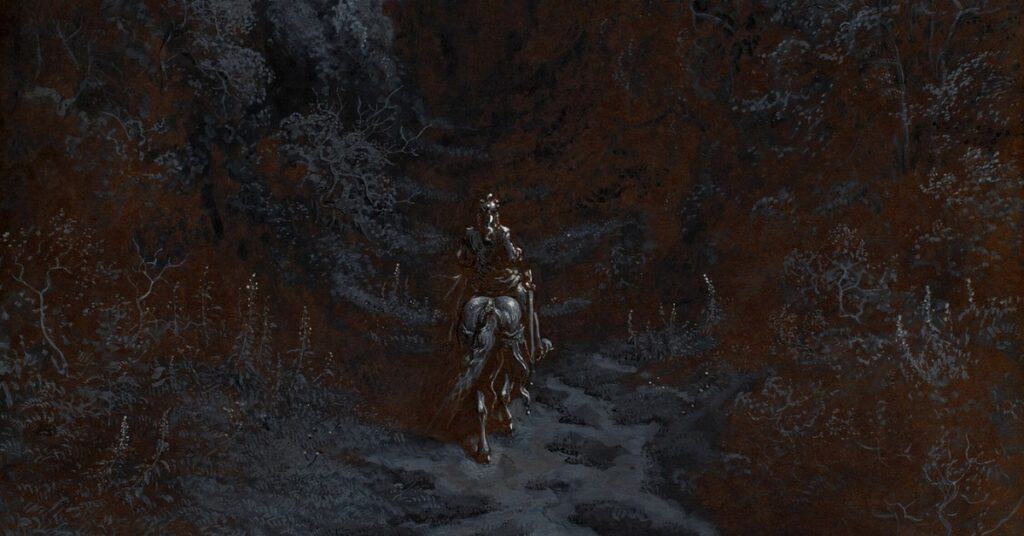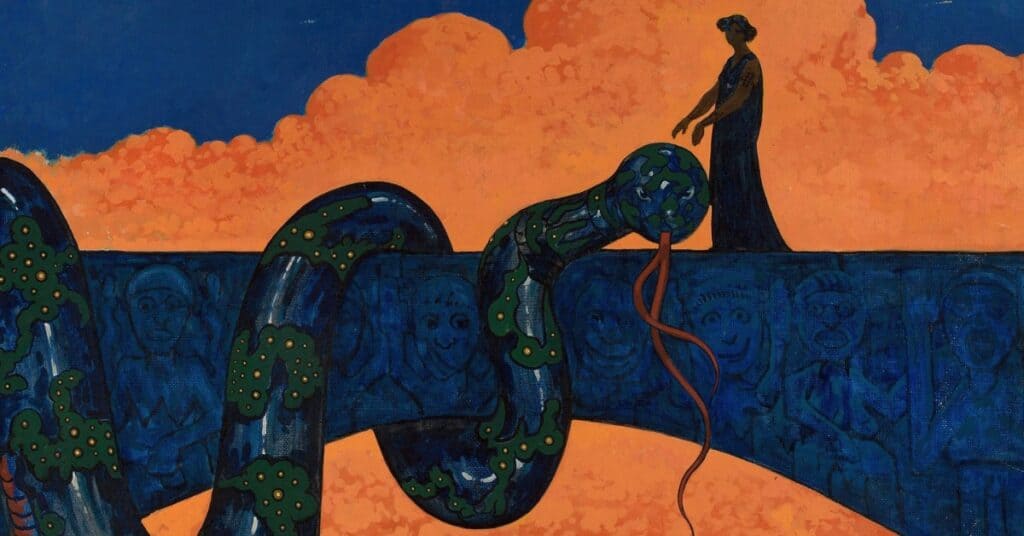Last Updated on January 26, 2023
Whether you’re a player in search of a new character portrait, a dungeon master creating materials to help your players envision your campaign, or just in search of inspiration, existing art can be a great resource.
Welcome to our guide to five great artists to inspire your next D&D character or campaign.
Why Use Art for Inspiration?
Dungeons & Dragons 5e — its sourcebooks and a lot of the art that is inspired by that work — has a very specific style. The art in 5e’s books is representative (aka quite realistic rather than stylized) and clearly more inspired by modern superhero movies and anime than by the covers of pulp adventure novels (as was the case in the 1970s and 80s with 1st and 2nd editions). Likewise, 4e had its own strong visual identity with highly detailed and rather flat, graphic art.
Clear and cohesive art direction is definitely a good thing for a game; it helps players think in the game’s own visual language and (hopefully) helps support whatever the text is saying about content and tone.
But, what if you have something else in mind?
What if you like your fantasy a little darker? Or more modern? Or set somewhere other than generic fantasy Europe? Finding the right painting can set an immediate mood, or inspire a whole adventure or NPC.
I don’t know about you, but I’m no artist. I find it’s much easier and more effective to find art to show my players to give them an idea of the vibe in an adventure or setting than just spewing out vague references to films and books (“It’s like if Tarkovsky directed Navajo Joe, you know?”). So, to help you do the same, I wanted to share five artists whose work has massively inspired the look and feel of my D&D campaigns past, present, and future.
You can find all these artists’ work here.
Kay Rasmus Nielsen

Born in Copenhagen in the late 1880s, Kay Rasmus Nielsen was a Danish illustrator whose work is probably most famously associated with the children’s story collection East of the Sun and West of the Moon. Later, he went on to do a lot of concept and animation work for Disney, most notably on Fantasia.
Nielsen’s work depicts princesses, trolls, epic battles, and questing knights — all in a highly stylized, yet dreamy, fashion. If I was running an epic fantasy with a Norse or Scandinavian twist, this would be my entire mood board.
Gustave Doré

An active and hugely prolific artist and illustrator throughout the nineteenth century, Gustave Doré might have had a more profound impact than almost any other artist when it comes to how we imagine certain famous literary texts. Not only are his illustrations of Dante’s Inferno the most enduring depictions of that work (not to mention some of the most regularly used public domain art for Mork Borg fan zines), but his illustrations of The Adventures of Baron Munchausen were a direct inspiration for the later film adaptation by Terry Gilliam (of Monty Python, Jabberwocky, and Brazil fame).
Doré is a superbly diverse artist as well despite his instantly recognizable style, and I find myself coming back to his work again and again — especially when I want to evoke a darker, more horrifying dark fantasy.
Arthur Rackham

One of England’s most prolific children’s book illustrators of the 20th century, Arthur Rackham’s distinctive style — combining robust pen and ink drawings with watercolor — is instantly recognizable. His content covers a wide range of fantasy, mythology, and folk tales — from the darkly whimsical folk tales of the British Isles to Norse Mythology and German epic poems.
Maxfield Parrish

An American artist and illustrator whose work is very much a mixed bag as far as fodder for a D&D campaign goes (he did a lot of cover’s for Harper’s Weekly), Maxfield Parrish’s depictions of various mythological scenes are nonetheless striking. Somewhere between the surreal emptiness of Jodorowsky’s The Holy Mountain and photographic realism, Parrish’s work is dreamy and just the sort of thing I’d use to depict portions of the Feywild or even the Astral Plane.
Marian Wawrzeniecki

Lastly, Polish artist Marian Wawrzeniecki’s bold, bright style never ceases to get my gears turning. I think his work (which is quite NSFW, I feel like I should warn you — but then again, this is art, so there are boobs and butts all over) feels like a psychedelic precursor to Frank Franzetta (who’s known for all the Conan cover art) and then later on the art for Dark Sun by proxy.
I played my first tabletop RPG (Pathfinder 1e, specifically) in college. I rocked up late to the first session with an unread rulebook and a human bard called Nick Jugger. It was a rocky start but I had a blast and now, the better part of a decade later, I play, write, and write about tabletop RPGs (mostly 5e, but also PBtA, Forged in the Dark and OSR) games for a living, which is wild.
